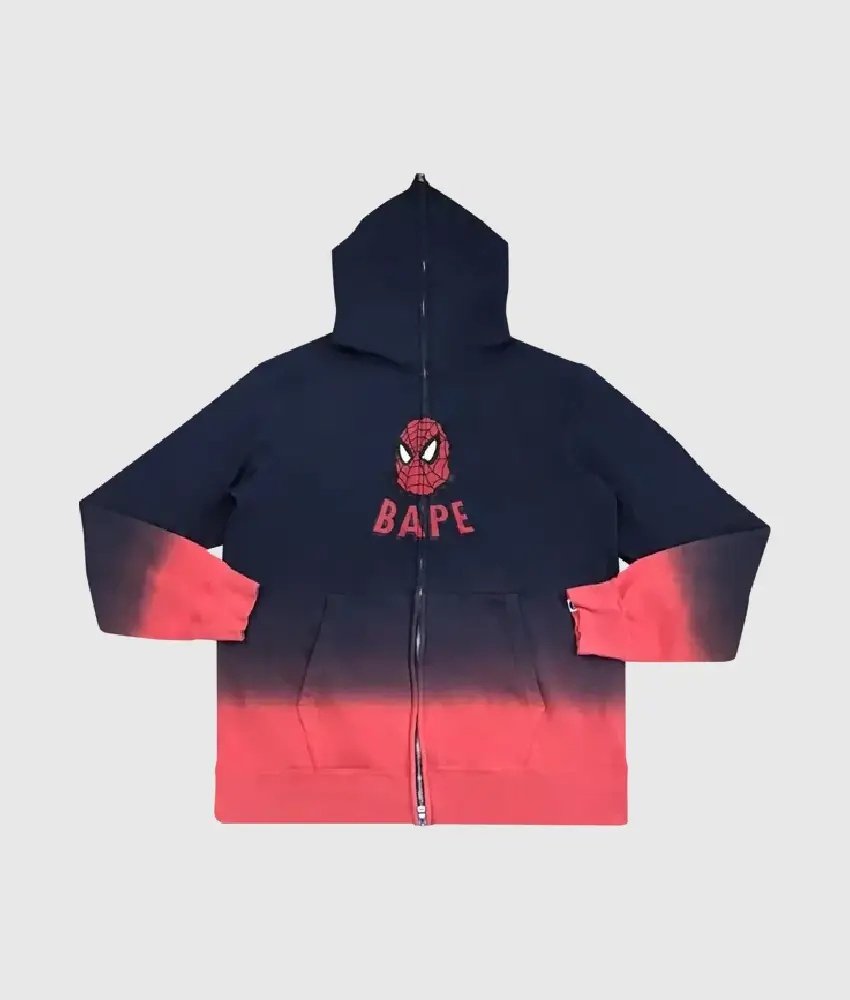Denim Tears is more than just a clothing brand; it’s a profound cultural movement that explores identity, heritage, and history through apparel. Founded by creative visionary Tremaine Emory in 2019, Denim Tears delves into the African American experience, particularly the legacy of slavery and its long-lasting socio-cultural effects. This brand serves as a form of protest, an exploration of memory, and an expression of resilience, with its designs deeply rooted in historical symbolism and creative storytelling. Emory’s approach places Denim Tears at the intersection of fashion, art, and activism, making it a unique player in contemporary streetwear culture.
Origins and Founding Vision
Tremaine Emory, the creative force behind Denim Tears, is no stranger to the world of fashion. Before founding his brand, Emory worked with influential figures such as Kanye West and Virgil Abloh, gaining experience and insight into how streetwear could be both impactful and profitable. His time in the industry cultivated his understanding of how clothes can serve as a medium for conveying powerful messages.
Denim Tears was born out of Emory’s desire to address cultural trauma and systemic oppression through fashion. He used the brand to spark conversations about slavery and its legacy in America. Denim Tears challenges fashion’s commercial aesthetic by incorporating cultural symbols, references to African American history, and historical commentary into its pieces. It’s not simply about making bold designs; it’s about translating history into clothing, encouraging wearers and observers to engage with America’s complex past and its ongoing socio-political struggles.
The Cotton Wreath: A Central Symbol
At the heart of Denim Tears’ designs is the cotton wreath motif, which appears prominently on jeans, jackets, and T-shirts. The image of cotton is symbolic, as it represents the backbreaking labor that African slaves endured in the cotton fields of the American South. By placing the cotton wreath on garments, Emory brings attention to the way African American labor built the foundations of American wealth and power.
The cotton wreath is used to reclaim a painful history, taking something that once symbolized oppression and transforming it into a symbol of endurance and survival. Denim Tears seeks to engage its audience in a dialogue about the brutal realities of slavery, while also highlighting the creative resilience that has emerged from African American communities. The cotton motif is not just a decorative element; it’s an emblem of memory and a call to confront America’s history of exploitation and racial injustice.
Collaborations with Leading Brands
Denim Tears quickly gained visibility within the fashion world due to high-profile collaborations with major brands like Levi’s, Converse, and UGG. Each collaboration allowed Emory to reinterpret the classic designs of these companies through his cultural lens, adding layers of meaning to familiar silhouettes.
One of the most significant collaborations was with Levi’s, which resulted in a special edition of the iconic 501 jeans. The jeans were adorned with the cotton wreath pattern, creating a striking visual that merged classic American workwear with a poignant reminder of the history behind the cotton industry. This collaboration captured attention not only for its aesthetic appeal but also for the heavy cultural symbolism embedded in the design. The partnership between Denim Tears and Levi’s showcased the power of fashion to address social issues and generate conversations about historical injustices.
In addition to Levi’s, Denim Tears
teamed up with Converse, where Emory reworked the classic Chuck Taylor sneakers. He infused his signature cotton motif into the design, using the canvas of the shoe to tell stories of black identity and resistance. The Converse collaboration, much like the Levi’s one, was lauded for its blend of cultural commentary and wearable art. These collaborations also helped expand Denim Tears’ audience, bringing its message to both high fashion and streetwear enthusiasts.
Denim Tears in the Context of Streetwear
Streetwear has long been a space where fashion, culture, and politics intersect. Brands like Supreme, Off-White, and Yeezy have explored this territory, creating clothes that carry not only aesthetic appeal but also cultural weight. Denim Tears fits within this landscape, but it stands out for its distinct focus on African American history and its willingness to address sensitive topics like slavery and racial inequality.
The rise of streetwear in the 2010s has been characterized by the blending of art and activism, and Denim Tears contributes to this narrative in a powerful way. Unlike some streetwear brands that focus purely on exclusivity and hype, Denim Tears is grounded in a deep sense of purpose. The brand engages with its audience on a level that goes beyond fashion, challenging them to reflect on the historical and cultural significance of the clothes they wear.
Art, Music, and Activism: Expanding Beyond Fashion
Denim Tears doesn’t operate solely within the realm of fashion. It is part of a larger cultural movement that intersects with music, art, and social activism. Emory’s collaborations with musicians like Kanye West and Frank Ocean, as well as his friendships with influential artists, place Denim Tears in a unique position where it serves as a bridge between various forms of artistic expression.
For instance, Emory has often used music to accompany his fashion releases, curating soundtracks that complement the themes of his collections. This multi-disciplinary approach allows Denim Tears to tell stories across multiple mediums, making its message more impactful. Emory has also been involved in projects like the “Black History, Continued” initiative by The New York Times, which further emphasizes his commitment to using art and fashion as tools for education and activism.
Through art and music, Denim Tears Hoodie extends its narrative beyond clothing, creating an ecosystem of cultural production that speaks to the broader African American experience. This holistic approach helps the brand connect with people who might not necessarily be fashion-forward but are interested in cultural movements, history, and social justice.
Denim Tears and the Fashion Industry’s Reckoning with Race
In recent years, the fashion industry has been forced to confront its own issues with diversity, representation, and appropriation. Denim Tears has been a critical voice in these discussions, pushing the industry to take responsibility for its role in perpetuating certain stereotypes and marginalizing voices from underrepresented communities. Tremaine Emory’s work is particularly vital in this context, as he emphasizes the need for black designers and creatives to tell their own stories and have control over their own narratives.
Denim Tears is a model of how fashion can be both commercially successful and socially conscious. While many brands have been accused of commodifying black culture without contributing meaningfully to black communities, Denim Tears actively works to reverse this trend. Emory’s collections are not just about selling clothes; they are about reclaiming cultural narratives and using fashion as a tool for education and change.
Conclusion: Denim Tears as a Legacy in Progress
Denim Tears is a brand that has already left a profound mark on the fashion industry, despite being relatively young. Tremaine Emory has successfully used clothing as a medium to tell powerful stories about race, identity, and history, making Denim Tears not just a fashion statement but a cultural one. The brand’s collaborations, its focus on African American history, and its dedication to social justice have made it a force within the streetwear world and beyond.
As Denim Tears continues to grow, its potential to influence conversations about race and representation in fashion and society remains strong. It’s a brand that reminds us of fashion’s power to do more than adorn; it can educate, provoke, and inspire change. Denim Tears serves as a testament to the resilience and creativity of black communities, offering a wearable reflection on the past while pushing forward toward a more equitable future.














